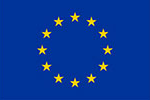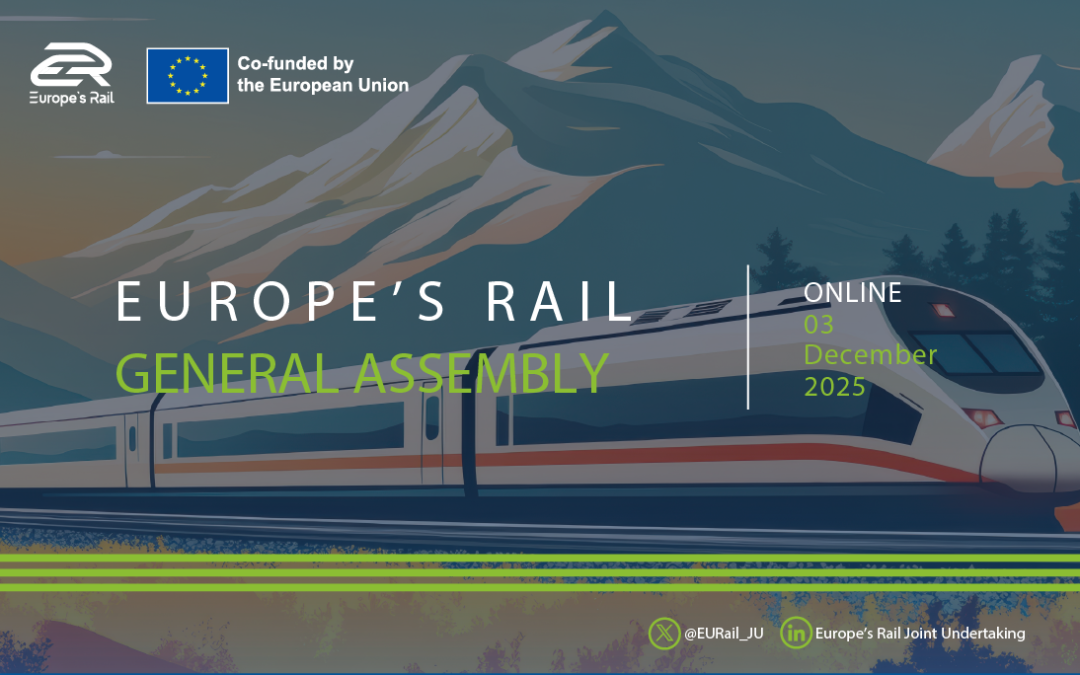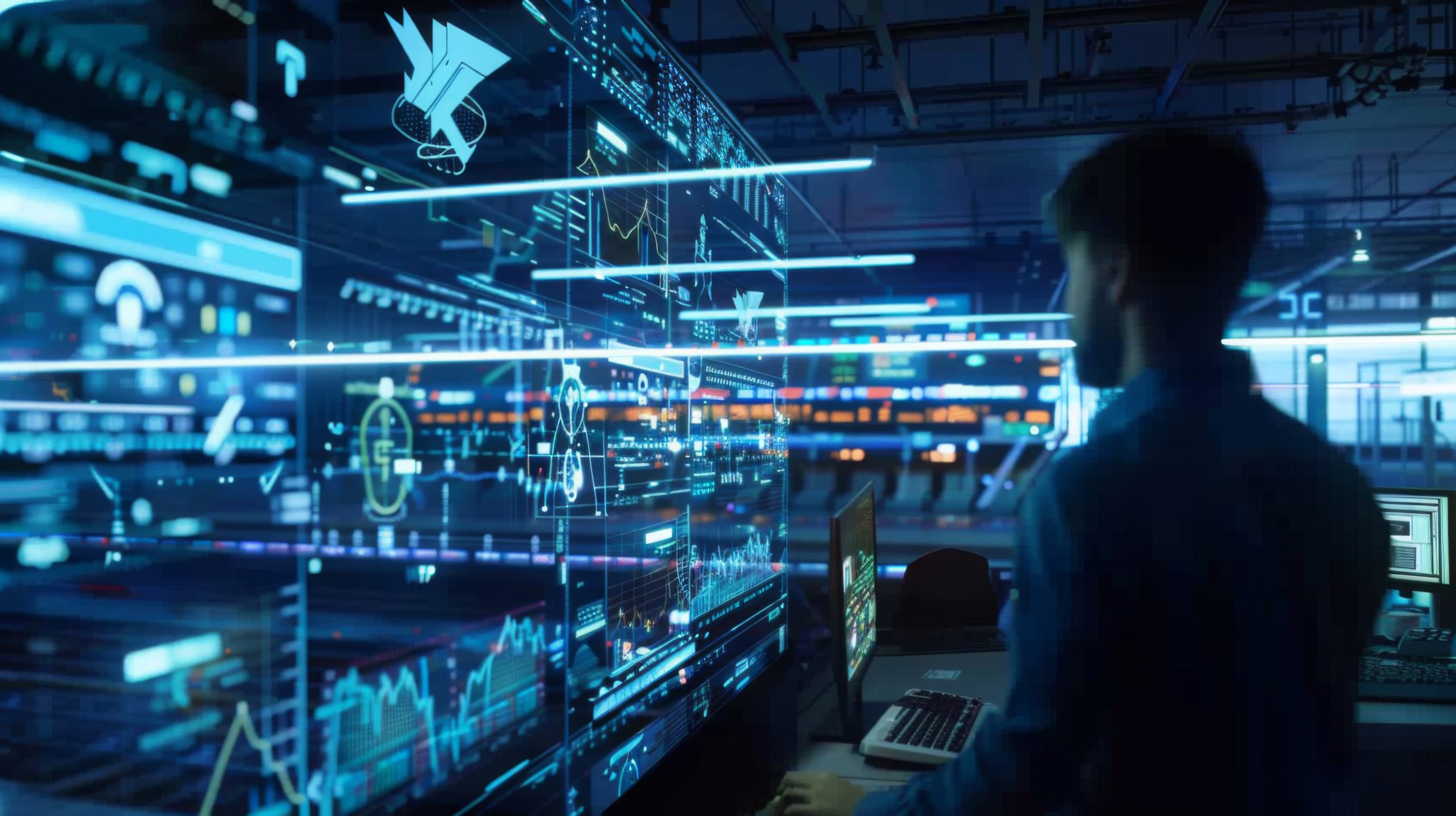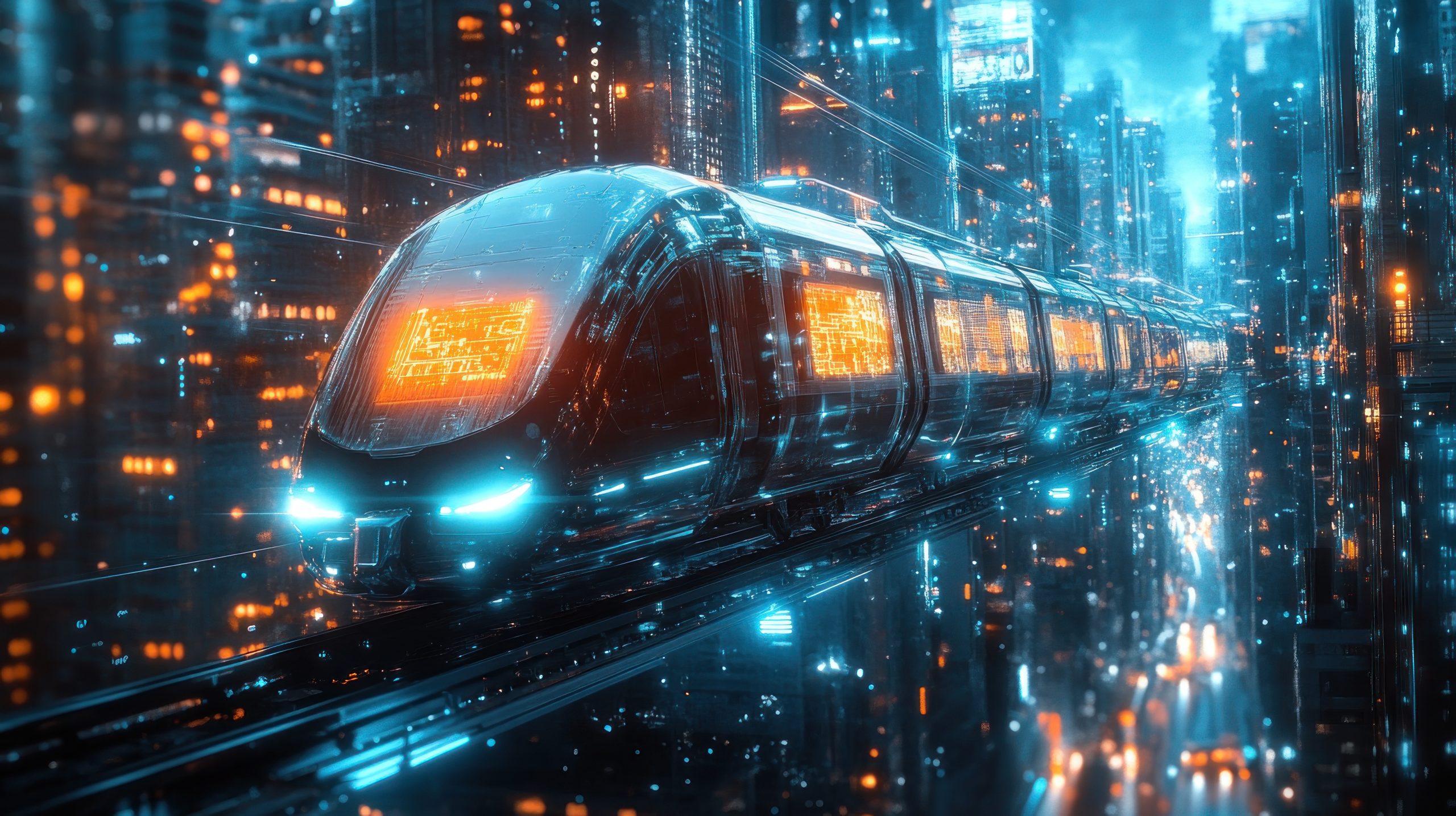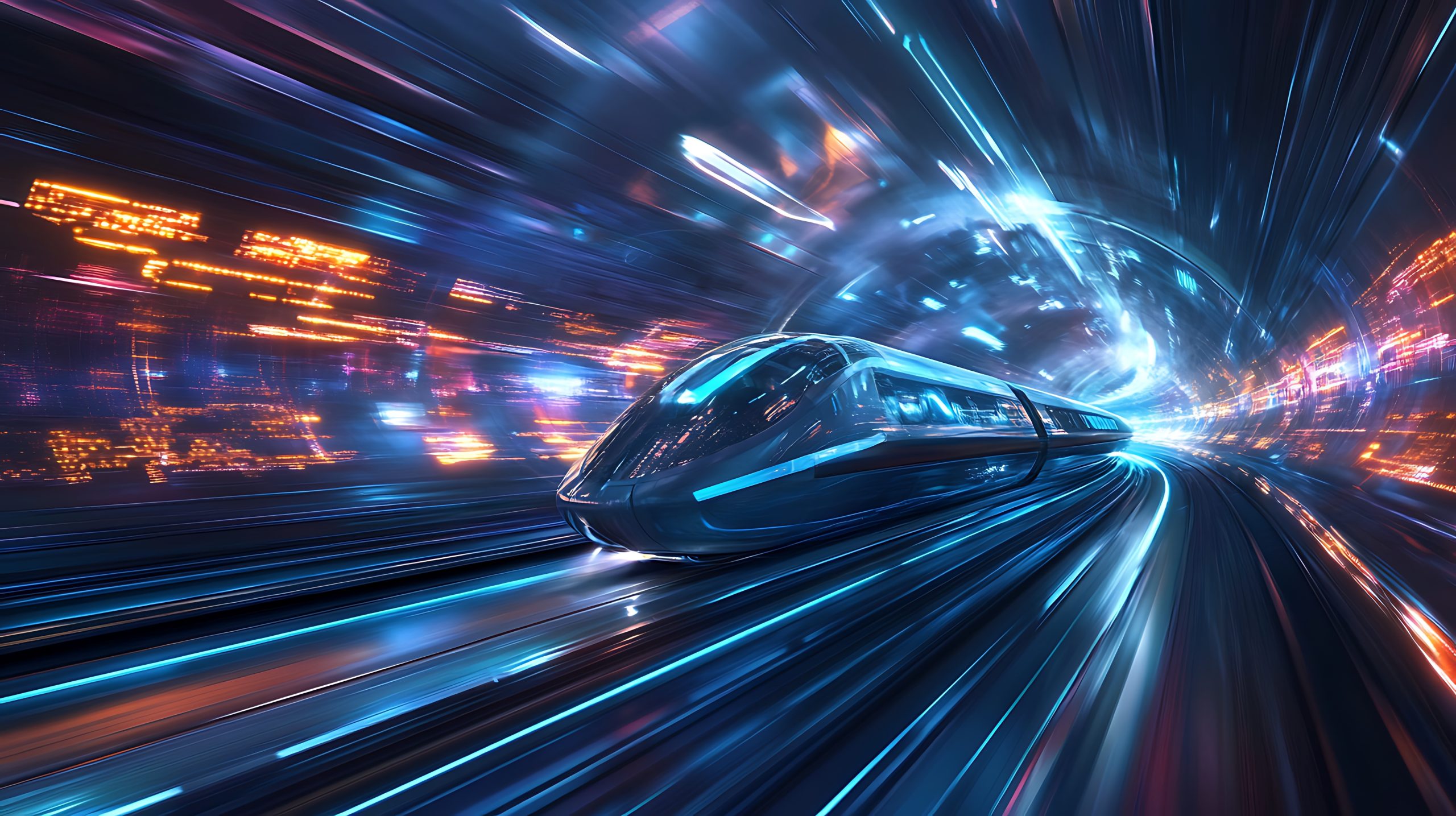Among the nine major Flagship Projects (FPs) funded by Europe’s Rail Joint Undertaking (EU-Rail), FP2-R2DATO plays a...
Project objectives
Regional railway lines with lower usage or secondary network play a crucial role not only in serving European regions, but also as feeders for passenger and freight traffic for the main/core network. Therefore, they have an essential function as an environmentally friendly mode of transport. In addition, essential is their link to other public transport services and to first and last mile services, such as bike sharing, cycling, walking or driving to get from/to stations to remote locations. Unfortunately, many of these routes were abandoned in the past – mainly due to high costs. These rail lines need to be revitalised or even renewed to make them economically, socially and environmentally sustainable and to meet current customer needs and challenges.
The overall objectives of the FutuRe project are to ensure the long-term viability of the regional railway by reducing the total cost of ownership (TCO), while ensuring high service quality and operational reliability. It aims to increase customer satisfaction and to make rail an attractive and preferred mode of transport. These goals are to be achieved through a concept tailored to regional railways but transferable across Europe, encompassing digitalisation, automation and the use of common and new technologies for control command and signalling, wayside components, rolling stock and customer information.
The project will address optimisation of infrastructure and energy components, e.g. trackside train detection (axle counters, etc.) and level crossing control systems and less costly wireless and energy-autonomous components. In addition, a modular and standardised vehicle concept specifically tailored to the requirements of regional lines as well as a range of attractive passenger information services.
